Lobster: varieties, buying it tips and tricks for cooking
It is the largest of the European, a crustacean of powerful Tongs the culinary possibilities that give rise to exquisite preparations
When you buy it
A good muscle mass
In addition, at the time of purchase, We must keep in mind that the lobster is a crustacean and, as lobsters and lobsters, grows by changing the shell. When the animal comes to weigh between 1/2 and 1 kg, Shell molting occurs once a year. To grow appreciably, the lobster inflate its body, absorbing water, While the new shell is beginning to harden in contact with water. Result: an animal that, al final de esta «expansión» del cuerpo, You can have your meat with a 20% water. A fact that the honest fishermen explain customer offering half price lobster, but others muted despite knowing that, Once cooked, will present a jerky, undone and scarce. Fortunately, conservation in nurseries can wait the two months which can take the animal secure your meat and replace water with muscle mass.
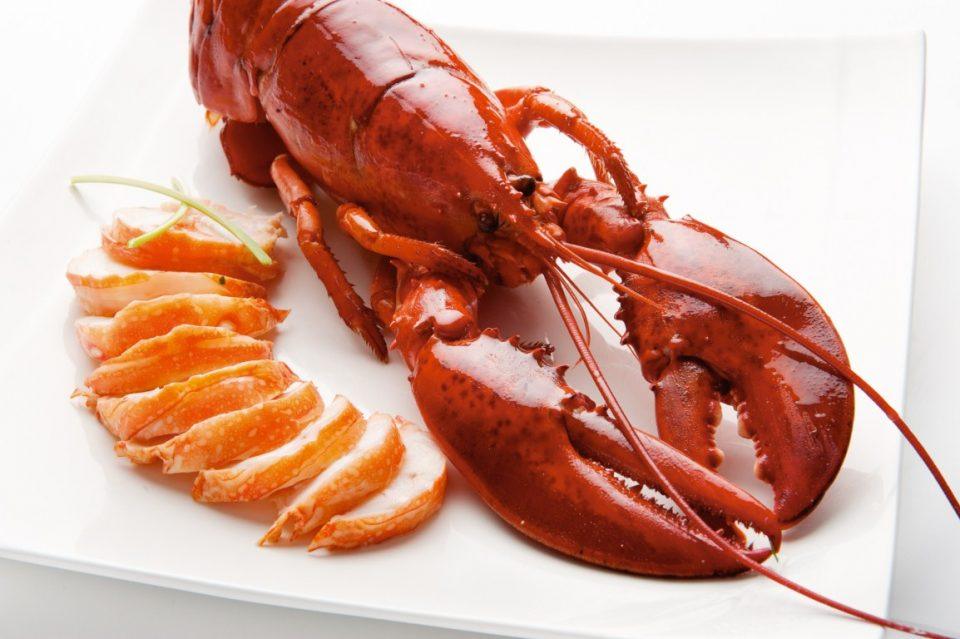
Varieties: American or European?
European
It includes different varieties depending on the origin. The main ones are the Galician - very hard to find in the markets, especially since many slices to make direct sales to households-; the Breton, that consumed nearly everything in-situ; the British, and the Norwegian. The differences between them? Minimal in appearance, and, in terms of quality, which can generate the transport process.
Description
The European lobster is a color pulling to Navy Blue dark with more clear or violaceous tones of blue iridescence and speckling of pale beige. It has the most stylish body and clamps much less spectacular is that its American namesake.
Measures
You can reach 50 cm and a weight of 5 kg (When has 20 years). On one occasion, in 1931, We captured one of 9 kg and 1 m long in Cornwall (Great Britain). That we find on the market typically weigh between 800 and 1600 g piece.
Provenance
On our shores is scarce - ports with more catches are Vilanova and la Geltrú and Arenys- Why are the Cantabrian coast and Northern Europe (Britain and Norway).
American
It also presents many differences depending on the origin. Above all because, due to the fame of the lobsters from the State of Maine, Many specimens captured in Canada are there to change the identity card and raise price. However, the great fertility of this species and respect laws compelling to consider his capture make it much more abundant and more affordable.
Description
It has ochre Brown with reddish and earthy tones that uniform, and without stains and the typical clear dots from the European. The clamps are larger and heavier, and the head is proportionally smaller than that of the European variety of lobster.
Measures
Documented record of a copy more of 20 kg and almost 1 m long caught in waters of Nova Scotia (Canada). That we find in our markets typically have a weight of between 500 and 800 g piece.
Provenance
These lobsters come alive from the Canadian and American coasts, where it is abundant and its commercialization is strongly rooted. The most precious are from the State of Maine.
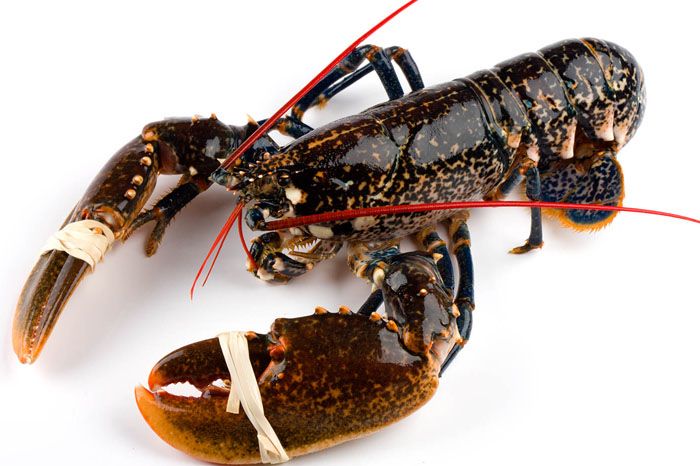
In the kitchen
Glue and tweezers thoroughly cooked
The first utility is the do detail. A feature that makes the glue and clamps in cooking. A cooking thing to do live (the whole beast) or the just sacrificed and made animal cuts. The apprehensive, without considering the pejorative concept, pass the animal for the freezer awhile to sacrifice numb from the cold and prevent a so-called pain. Nothing to say.
The cooking of the whole animal should never be violent. The Court should be soft, without losing all the water by contraction of muscle fibers under the influence of heat - what happens with some puffy from water cuts of meat grilled.
Should be made with the tied animal and in water previously seasoned with vegetables that had been cooked a while (a short stock) .We must also ensure that, If the Cook whole, that the animal can not lose juices. An absent or broken leg will be a point where substance will be lost. Seal with a crumb of bread before adding the boiling water. If the Cook open lengthwise or cuts made, should both remove the stomach (a pouch located on the head) as guts that runs the queue near the top. Both parties tend to have a sand resulting from ingestion of crushed shells of animals on which it feeds and sand that moves inside.
Precious coral
The second utility is the coral, a more or less reddish mass located on the side of the head, It corresponds to the gland which makes the animal liver and in females is accompanied by the gonads (that the female has a best gastronomic consideration). This gland is used, in the manner of our Catalan chopped liver, to thicken the sauce that should complement the cooked cut. As the blood in the civet, or butter and flour a simple roux, coral brings to the Fund resulting from the preparation of the dish cooking the creaminess that is necessary to be able to dress the products cooked without the resulting sauce is escolio to the bottom of the dish.
Shell and legs
And it is the third utility, reservada a la cáscara y las patas «menores», What, Despite having meat, they do not justify a conventional extraction. For them it is the recommended possibility give taste a cooking background that then become salsa, usually with a warmup, cooking fat that releases the flavors to this fat, and a casting and pressing that allows to extract ‘ n all the juice.
A last note: Coral and shell, along with some pieces that have been left, they serve to prepare a delicious lobster butter, by the way of the anchovy butter.


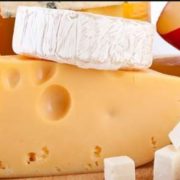

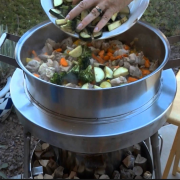
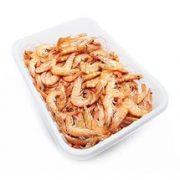

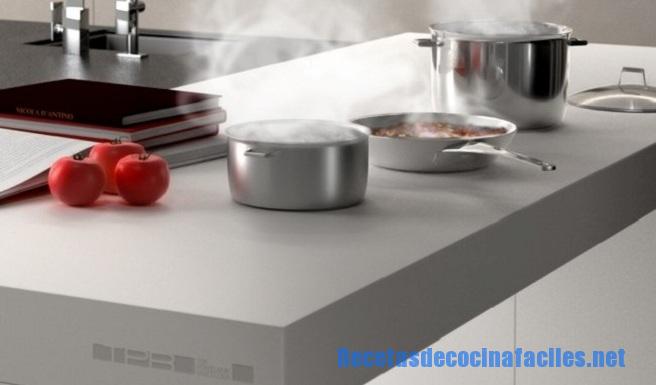
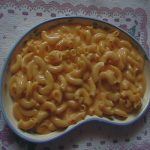
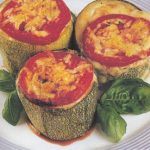
Leave a comment
Would you like to join the conversation?Feel yourself free of contribute